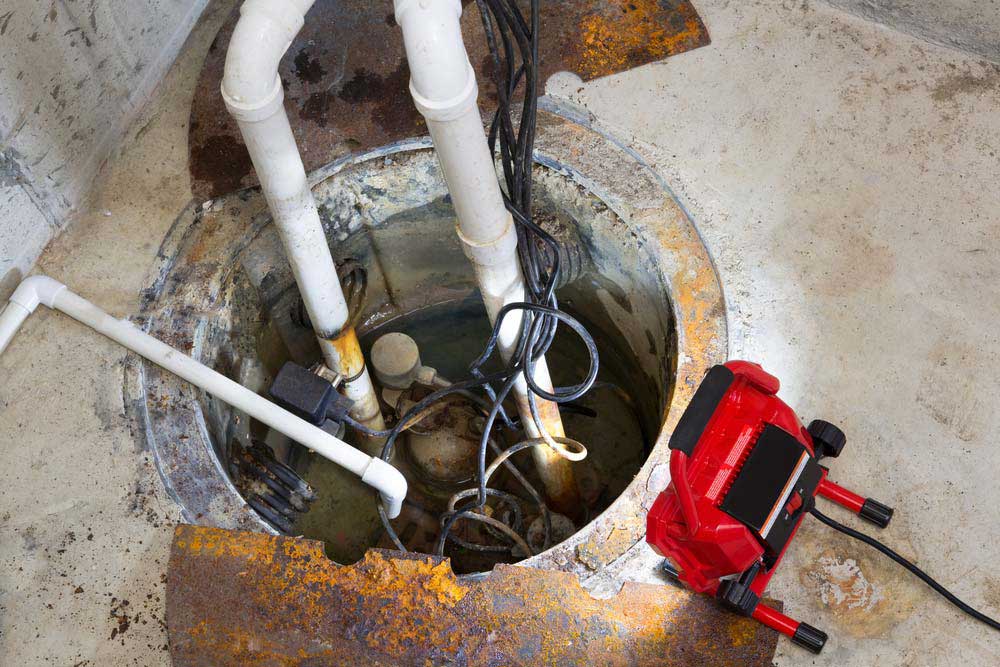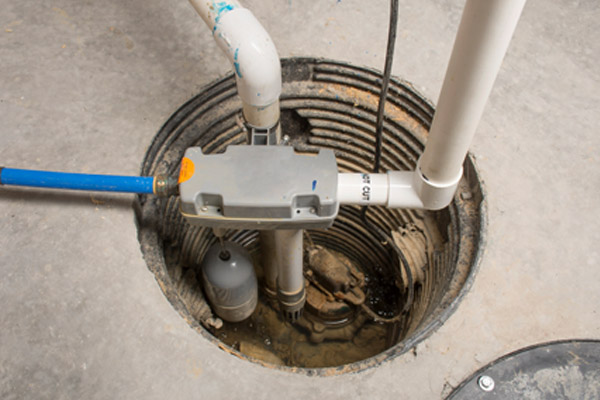Just how do you feel when it comes to How to Care for Your Sump Pump?

Sump pumps are crucial components in lots of homes, particularly in areas susceptible to flooding or extreme moisture. They aid avoid water damage by successfully getting rid of excess water from cellars or crawl spaces. However, like any other appliance, sump pumps require routine maintenance to guarantee they operate successfully when required one of the most. Cleansing your sump pump is a vital part of its maintenance, and comprehending exactly how to do it correctly can save you from costly repairs and possible catastrophes.
Introduction
Preserving a clean sump pump is vital for its proper performance and long life. Disregarding this essential task can result in blockages, breakdowns, and eventually, water damages to your building. Consequently, discovering how to cleanse a sump pump is vital for home owners that depend on these tools to keep their basements dry and secured.
Indicators of a Dirty Sump Pump
Knowing when your sump pump needs cleaning is important for preventing prospective breakdowns. Some typical indications that suggest a filthy sump pump include strange noises throughout procedure, minimized water flow, and visible particles in the pit. If you observe any of these symptoms, it's necessary to cleanse your sump pump without delay to prevent any more problems.
Preparing for Cleansing
Prior to you begin cleaning your sump pump, it's essential to take some security precautions. Start by shutting down the power to the pump to avoid any type of electrical crashes. Additionally, wear proper safety equipment, such as gloves and safety glasses, to safeguard yourself from dirt, debris, and potential pathogens.
Recognizing the Sump Pump
Prior to diving into the cleaning process, it's necessary to have a standard understanding of exactly how a sump pump works. Usually mounted in a pit or basin listed below the cellar flooring, a sump pump includes numerous crucial parts, consisting of a pump, a float switch, and a discharge pipeline. When water builds up in the pit, the float switch activates the pump, which then pumps the water out with the discharge pipeline, away from the structure's foundation.
Step-by-step Guide to Cleaning Up a Sump Pump
Shutting down the Power
Begin by disconnecting the power supply to the sump pump to prevent any type of crashes while cleansing.
Checking for Appropriate Performance
Prior to re-installing the pump, perform a fast examination to make certain that the float button activates the pump properly. Pour some water into the sump pit and observe the pump's operation. If every little thing is working correctly, you can reassemble the pump and reconnect the power supply.
Removing Particles and Dirt
Use a bucket or an inside story to eliminate any type of noticeable debris, dust, or sediment from the sump pit. Dispose of the particles effectively to avoid it from clogging the pump or the discharge pipe.
Cleansing the Pump and Float Switch Over
Once the pit is free from particles, very carefully remove the pump from the pit. Evaluate the pump and the float button for any indications of damages or wear. Make use of a soft brush or fabric to clean up the surface areas and eliminate any kind of built up grime.
Flushing the System
After cleaning up the pump and float switch, purge the sump pit with tidy water to remove any type of remaining dust or debris. This will certainly aid make certain that the pump operates smoothly and efficiently.
Upkeep Tips to Keep Your Sump Pump Clean
In addition to routine cleansing, there are several upkeep ideas you can follow to keep your sump pump in optimal problem:
Conclusion
Cleansing your sump pump is a vital facet of its maintenance and ensures that it operates successfully when you require it the most. By following the actions detailed in this overview and integrating regular maintenance into your regimen, you can expand the life expectancy of your sump pump and secure your home from water damage.
6 STEPS ON HOW TO CLEAN A SUMP PUMP PROPERLY
UNDERSTANDING SUMP PUMPS
Your sump pump plays a crucial role in protecting your home by managing and removing excess water. It primarily functions as a “shield”, guarding your basement against the damaging effects of water accumulation. The pump is housed in a sump pit in the lowest part of your basement, and its job is to pump out any water that collects there.
During heavy rainfalls or when snow melts rapidly, water can infiltrate your basement, posing potential risks like flooding, structural damage, and harmful mold growth. Here, the sump pump springs into action, pumping out the intruding water and directing it away from your home.
SAFETY FIRST
Before cleaning, remember to prioritize safety. Disconnect the sump pump from the power source to prevent any accidental electric shocks. Also, wear sturdy gloves to protect your hands from any sharp or dirty components within the pump.
REMOVE THE SUMP PUMP
After ensuring your safety, the next step is to remove the sump pump from its pit. Doing this might require careful maneuvering as you don’t want to damage any pump components. Once removed, clean the sump pit to remove any accumulated debris or sludge.
INSPECT THE PUMP
Inspect the pump for any visible signs of wear or damage. Check the power cord, float switch, and impeller housing. If any components look worn out or damaged, consider replacing them to ensure optimal performance.
CLEAN THE PUMP
Thoroughly clean the pump with warm, soapy water. Make sure to rid it of any dirt, gravel, or other debris that might impede its performance. You can use a toothbrush to clean the small, hard-to-reach parts of the pump.
REINSTALL THE SUMP PUMP
Reinstall the pump into the sump pit Make sure it’s positioned correctly to remove the water effectively Once it’s back in place, reconnect it to the power source TEST THE PUMP
Finally, pour some water into the pit to ensure the pump works correctly. It should start automatically and begin pumping out the water; if it doesn’t, check the power source and the positioning of the pump.
Remember, while cleaning your sump pump is an essential part of home maintenance, hiring a professional plumber for a thorough inspection and cleaning at least once a year is also important. This will ensure that your pump is in optimal condition, ready to protect your home from potential water damage.
BEST PRACTICES FOR CLEANING SUMP PUMP DISCHARGE PIPES
Regular Inspection: Regularly inspect your discharge pipes, especially during heavy rainfall or snowmelt periods. Look for any signs of blockage or damage. Early detection of problems can prevent serious issues down the line. Periodic Cleaning: Over time, sediment and debris can accumulate in the discharge pipes, impeding the flow of water. Regular cleaning helps keep the pipes clear and functioning efficiently. You can use a high-pressure water jet to effectively clean the pipes. Insulation During Winter: In colder climates, discharge pipes can freeze, blocking the outflow of water. Protect your discharge pipes from freezing temperatures by insulating them with foam pipe insulation. This will ensure the sump pump can continue to discharge water even in freezing conditions. Proper Positioning: The discharge pipe should be positioned to direct water away from your home’s foundation. Improper positioning can lead to water seeping back into the basement. Ensure the pipe is long enough and angled correctly. Installation of a Check Valve: A check valve prevents water from flowing back into your sump pit after the pump has pushed it out. Installing a check valve helps maintain the efficiency of your sump pump and reduces the risk of flooding. Minimize Pipe Turns: Every curve or turn in the discharge pipe can decrease the efficiency of water flow. By minimizing turns and bends in your discharge pipe, you can increase the efficiency of your sump pump. https://www.fullspeedplumbing.com/how-to-clean-a-sump-pump-properly9999/

As a passionate person who reads about Keep Your Sump Pump Clean, It'll Keep You Dry, I was thinking sharing that excerpt was beneficial. If you please take the opportunity to share this post if you appreciated it. Thank you so much for your time invested reading it.
Learn More